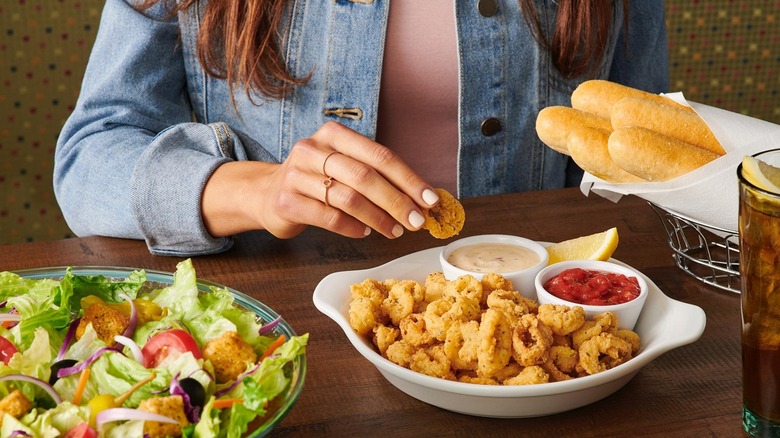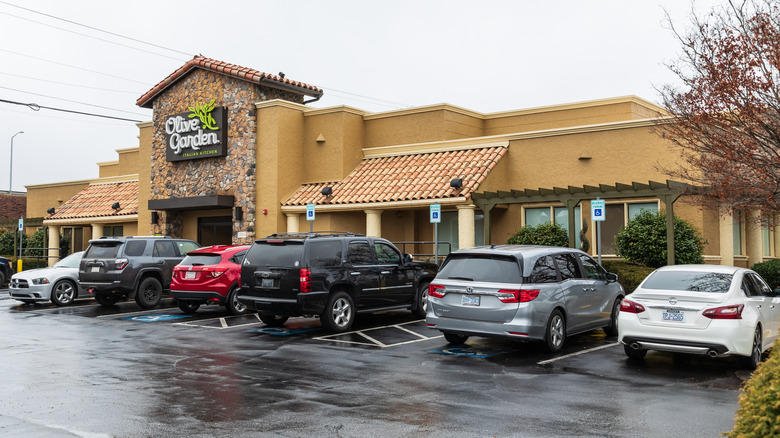Is Olive Garden Considered Fast Food?
On those nights when you want to enjoy a wholesome meal, but cooking it yourself seems out of the question, Olive Garden is a great alternative. While the beloved Italian-style restaurant ensures its customers receive quality dishes coupled with a convenient dining experience, it's not exactly a fast-food establishment. Instead, Olive Garden falls into the industry category of casual dining.
One of the primary differences between casual dining and fast food is the type of service customers receive. At restaurants like Olive Garden, guests are seated and waited on by servers who bring menu items directly to diners after ordering. On the other hand, fast food establishments require customers to place and retrieve orders from the counter, as well as at the drive-thru window. Additionally, casual establishments typically feature a larger menu than fast-food restaurants, which usually prioritize efficiency above variety in most cases. When it comes to ambiance, casual dining establishments like Olive Garden fall somewhere between fast food and fine dining. This is not to be confused with fast-casual establishments, which tend to have a more elevated menu than a fast-food joint, but the same speed of service. These fast-casual eateries tend to have build-your-own options like salads, sandwiches, or wraps, like Panera Bread and Chipotle.
Casual dining equals comfortable dining
While quality food is crucial at all dining establishments, the atmosphere of a restaurant can also impact the enjoyment of customers. In this case, the interior of casual dining restaurants is often a cut above when compared to fast-food chains. With Olive Garden, diners can expect a warm and roomy interior, complete with lowkey lighting and tasteful wood accents. Many locations also feature exposed beams and textured, off-white walls, seemingly imitating the type of décor you might find in a restaurant in Italy (or so Olive Garden's interior design team would have you believe).
Despite the fancier digs presented at casual establishments, these restaurants also aim to make diners supremely comfortable. For example, booths and tables are designed to provide as much room as possible, which ensures diners can spread out after enjoying Olive Garden's endless soup, salad, and breadsticks deal. By the same token, casual dining restaurants try to make seating as comfy as possible, and you won't find any strict rules about your attire.
How Olive Garden differs from fine dining restaurants
When comparing an establishment like Olive Garden to fine dining restaurants, chains like The Capital Grille and Ruth's Chris Steak House are good examples of the latter category (although it should be noted that Darden Restaurants owns both Olive Garden and Ruth's Chris Steak House). In general, customers at fine dining restaurants can expect higher-end food and top-tier service. Also, these restaurants are known for being well-heeled in terms of décor and may even impose a dress code to ensure patrons look the part.
Of course, casual and fine dining restaurants also have some big differences when it comes to price. At Olive Garden, the herb-grilled salmon entrée will set you back about $20.99, while a similar salmon preparation at Ruth's Chris Steakhouse will cost $37, depending on your location. Further, casual restaurants typically offer deals and specials, while fine dining establishments typically do not. In a sense, establishments like Olive Garden combine great elements from other dining categories to ensure that customers are fulfilled in body and spirit (and stomach).


